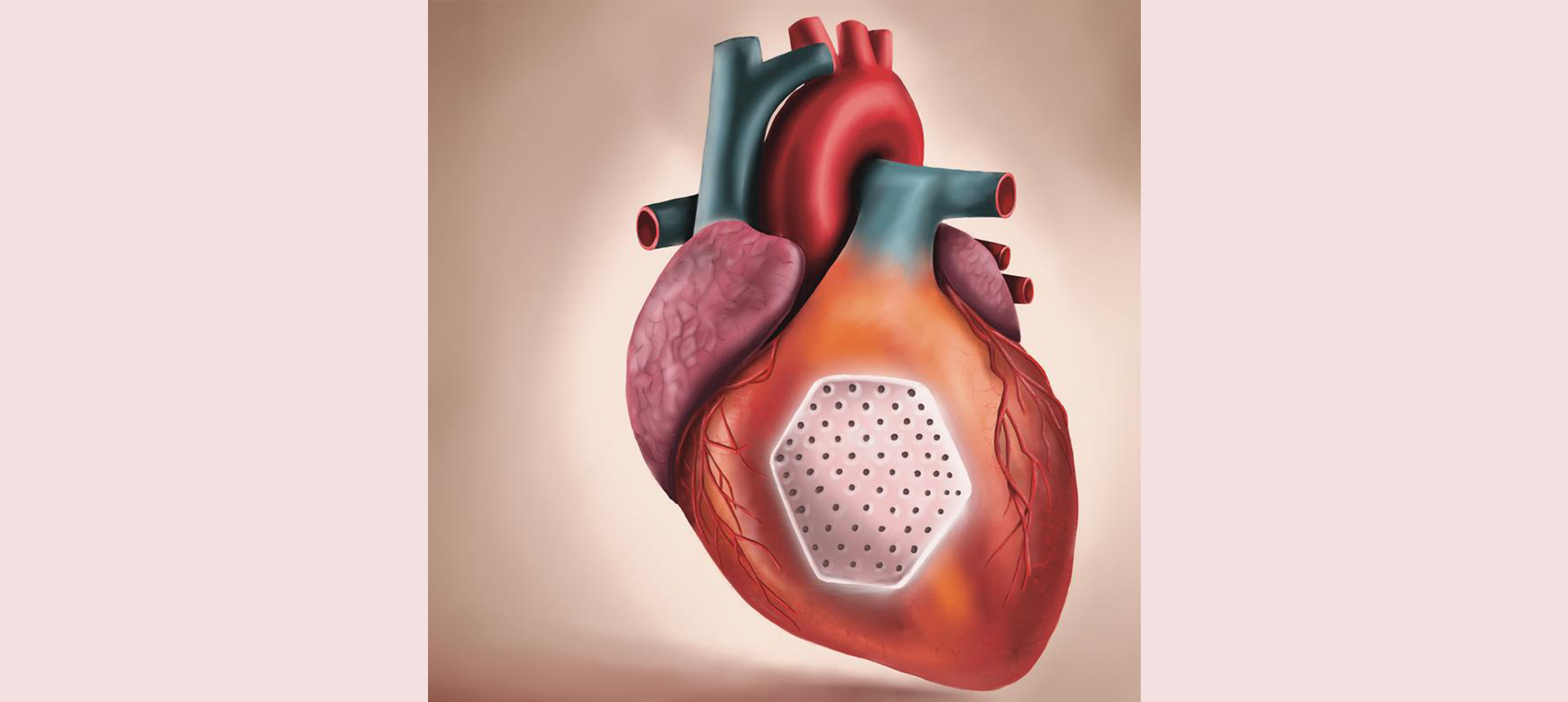Results from rhesus macaques provide solid ground for a first-in-human investigation of heart repair with stem cell-derived engineered heart muscle. The study is a milestone for the clinical application of the ‘heart patch’ as an innovative treatment option for patients with advanced heart failure at the University Medical Center Göttingen (UMG) and University Medical Center Schleswig-Hostein, Canpus Lübeck (UKSH). The study is part of the translational research strategy of the German Center for Cardiovascular Research (DZHK). The results have been published in the prestigious journal ‘Nature‘.
An interdisciplinary team led by MBExC member Professor Wolfram-Hubertus Zimmermann, director of the Department of Pharmacology and Toxicology at the University Medical Center (UMG) and Scientific Director of the preclinical and clinical heart patch studies, together with colleagues from the UMG and UKSH, has successfully implanted the so-called “heart patch” in patients with heart failure for the first time. The approval of this clinical trial by the responsible regulatory authority, the Paul-Ehrlich-Institute, was preceded by the documentation of safety and efficacy of the heart patch in rhesus macaques. The simulation of the clinical application in rhesus macaques at the German Primate Center – Leibniz Institute for Primate Research (DPZ) was essential to gather compelling data to support clinical translation. The researchers were able to show that implanted heart patches, consisting of up to 200 million cells, led to an improvement in heart function through re-muscularization (building of new heart muscle). Imaging techniques and tissue analysis confirmed that the implanted heart muscle cells are retained under concomitant immune suppression and strengthened the heart’s pumping function.
Link to the press release

The heart patch is produced from induced pluripotent stem cells derived heart muscle cells in a collagen hydrogel. Illustration: umg/eva meyer-besting

